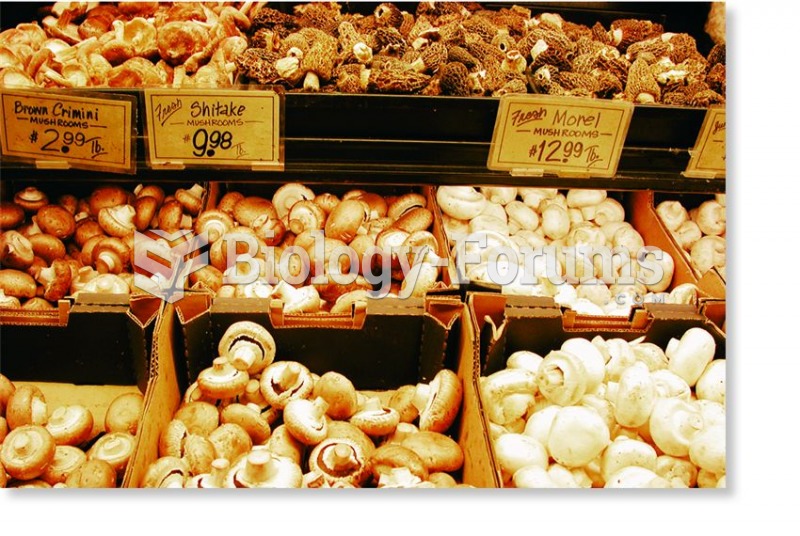Answer to Question 1
A global market opportunity is a favorable combination of circumstances, locations, and timing that offers prospects for exporting, investing, sourcing, or partnering in foreign markets. In such locations, the firm may perceive opportunities to sell its products and services; establish factories or other production facilities to produce its offerings cheaper or more competently; procure raw materials, components, or services of lower cost or superior quality; or enter beneficial collaborations with foreign partners. Global market opportunities can enhance company performance, often far beyond what the firm can normally achieve in its home market.
A formal analysis of organizational readiness to internationalize requires managers to address the following questions:
What do we hope to gain from international business? Objectives might include increasing sales or profits, following key customers who locate abroad, challenging competitors in their home markets, or pursuing a global strategy of establishing production and marketing operations at various locations worldwide.
Is international expansion consistent with other firm goals, now or in the future? The firm should evaluate and manage internationalizatio n in the context of its mission and business plan to ensure it represents the best use of company resources.
What demands will internationalizatio n place on firm resources, such as management, human resources, and finance, as well as production and marketing capacity? How will the firm meet such demands? Management must ensure the firm has enough production and marketing capacity to serve foreign markets. It is frustrating to channel membersand managementwhen insufficient capacity prevents the firm from fulfilling customer orders from abroad. Because people are critical for carrying out company plans, it is critical to have the appropriate personnel on board.
What is the basis of the firm's competitive advantage? Companies seek competitive advantages by doing things better than their competitors. Competitive advantage can be based on strong R&D, superior input goods, cost-effective or innovative manufacturing capacity, skillful marketing, highly effective distribution channels, or other capabilities.
Answer to Question 2
A foreign trade zone is an area within countries that receives imported goods for assembly or other processing, and re-exports. Thus exported products receive preferential tariff treatment. Products brought into an FTZ are not subject to duties, taxes, or quotas until they, or the products made from them, enter into the non-FTZ commercial territory of the country where the FTZ is located. Firms use FTZs to assemble foreign dutiable materials and components into finished products, which are then re-exported. Alternatively, firms may use FTZs to manage inventory of parts, components, or finished products that the firm will need eventually at some other location. A successful experiment with FTZs is maquiladorasexport-assembly plants in northern Mexico that import materials and equipment on a tariff-free basis for assembly or manufacturing and then re-export the assembled products.
Answer to Question 3
A







